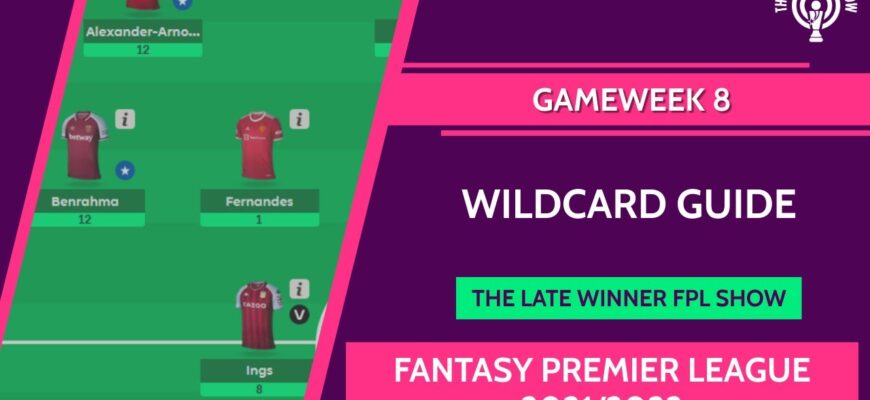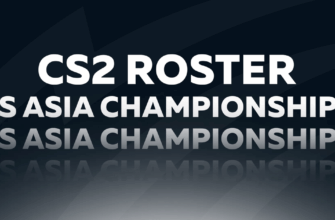Ah, Fantasy Premier League. A game of passion, frustration, and the occasional stroke of genius that leaves your mini-league rivals wondering what arcane footballing wisdom you possess. Every season, as the Gameweeks roll on – be it the early skirmishes of GW7 in 2025/26 or the nail-biting climax – managers worldwide grapple with the same fundamental question: how do I get ahead?
The answer, often whispered among the savviest FPL tacticians, lies not in slavishly following the crowd, but in daring to be different. It lies in mastering the art of the FPL differential.
- What Exactly is an FPL Differential?
- The Lure of the Unseen: Why Go Against the Grain?
- Scouting for Gold: The Art of Identification
- 1. The Ownership Sweet Spot (Under 10%)
- 2. Form, Fixtures, and Underlying Stats
- 3. The “Eye Test” and Tactical Nuances
- 4. New Arrivals and Returning Heroes
- The Calculated Risk: When to Strike
- Mini-League Domination: Your Secret Weapon
What Exactly is an FPL Differential?
In the lexicon of Fantasy Premier League, a “differential” isn`t just a quirky player pick. It`s a strategic weapon. Technically, it refers to any player with a low ownership percentage – typically under 10% of all FPL managers – who holds the genuine potential to deliver significant points. But beyond the numbers, a differential is your secret handshake, your ace up the sleeve, the player nobody else in your mini-league saw coming.
Imagine this: your entire mini-league owns the same three premium strikers. When one scores, everyone celebrates. When *your* differential forward bangs in a hat-trick, you alone reap the rewards, watching your rank soar as theirs remains stubbornly stagnant. That, my friends, is the intoxicating allure of the differential.
The Lure of the Unseen: Why Go Against the Grain?
Human nature dictates we often gravitate towards safety in numbers. In FPL, this translates to the “template team”—a collection of highly owned, consistently performing players. And while this approach offers a solid floor of points, it rarely provides the ceiling needed to truly dominate. To win your mini-league, to climb those global ranks, you need something *more*.
This is where differentials step in. They embody the principle of risk and reward. Picking a differential involves a calculated gamble, a belief in your own scouting ability over the consensus. When it pays off, the satisfaction is immense. It`s not just about the points; it`s about the smug superiority of saying, “I told you so,” without actually having to utter a word. Your leaderboard position will speak volumes.
Scouting for Gold: The Art of Identification
So, how do you unearth these hidden gems? It’s not about pulling names out of a hat. It`s a blend of statistical analysis, tactical understanding, and a dash of intuition.
1. The Ownership Sweet Spot (Under 10%)
This is the golden rule. A player with 20% ownership might be great, but they won`t provide the same rank boost as a comparable player owned by 5%. Keep an eye on the ownership percentage as Gameweek deadlines approach, as sudden price rises often coincide with increasing popularity, pushing a player out of differential territory.
2. Form, Fixtures, and Underlying Stats
A player in great form, even if their team`s results are patchy, is worth investigating. Couple that with a favourable run of fixtures (a “green run” on the fixture difficulty rating), and you have a recipe for potential hauls. Delve into the data: Expected Goals (xG), Expected Assists (xA), shots in the box, key passes, touches in the opposition box. These metrics often reveal a player`s genuine threat even before the goals start flowing.
3. The “Eye Test” and Tactical Nuances
Sometimes, the numbers don`t tell the whole story. Watching games, observing a player`s movement, their confidence, their role within the team`s system – these are invaluable. Has a new manager given a player a more advanced role? Is a winger consistently getting into goal-scoring positions, even if they haven`t converted yet? These qualitative observations can lead you to a differential before the algorithms catch up.
4. New Arrivals and Returning Heroes
New signings to the Premier League, especially those from lesser-known leagues, often start with low ownership. Once they settle and find their rhythm, their value can skyrocket. Similarly, players returning from long-term injuries might be forgotten by the masses, offering a prime opportunity for a differential pick if they hit the ground running.
“The template team offers a floor, but differentials provide the ceiling. Choose wisely, and watch your FPL dreams take flight.”
The Calculated Risk: When to Strike
Bringing in a differential isn`t about blind faith. It`s a calculated risk. It requires conviction. You might take a hit, or sacrifice a known quantity, banking on your chosen maverick to deliver. When your budget enabler defender bags a clean sheet and an assist, or your punt on an unheralded striker yields a brace against a struggling defence, the feeling is unparalleled. Conversely, a blank gameweek from your differential can be agonizing, leading to bouts of self-doubt. But that, dear manager, is the game.
Consider the timing. Early in a season, when player roles are still bedding in (like the strategic considerations facing managers around GW7 of the 2025/26 season), differentials can be plentiful. Later, as patterns emerge, identifying true differentials becomes a sharper test of foresight.
Mini-League Domination: Your Secret Weapon
Ultimately, the pursuit of differentials is a pursuit of competitive advantage. In a mini-league where everyone knows everyone else`s moves, a successful differential is your ultimate poker face. It demonstrates a deeper understanding of the game, a willingness to deviate from the norm, and a superior scouting network (even if that network is just your keen eye and a few statistical websites).
Don`t just play FPL; *master* it. Embrace the differential. Look beyond the obvious, trust your instincts, and be prepared to take a calculated leap of faith. Your FPL destiny awaits.
Good luck, manager. May your differentials always outscore the template.








